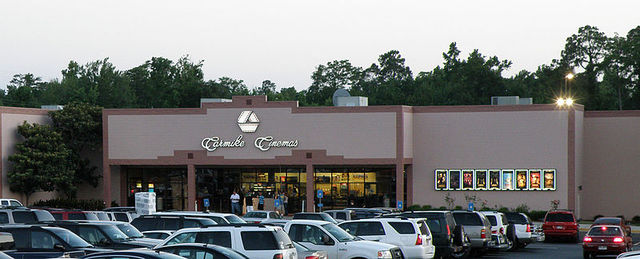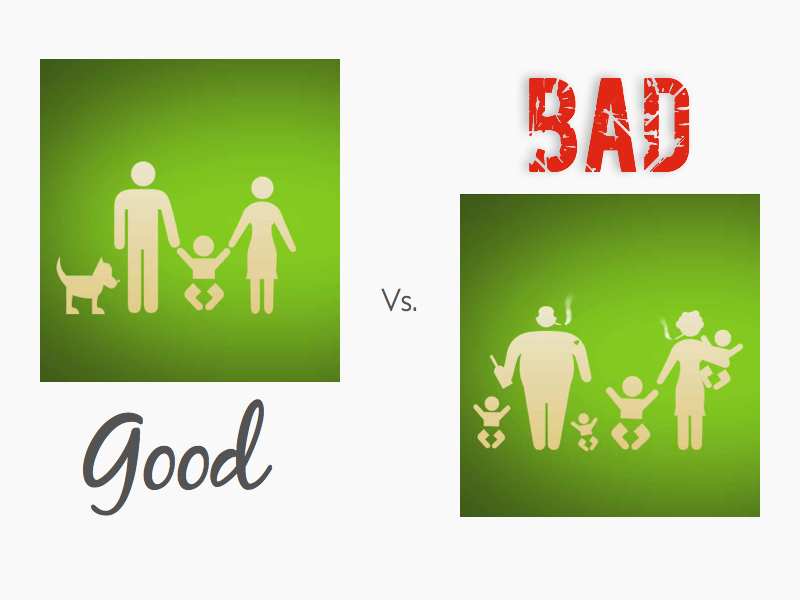 My Town’s Lowly Movie Theater
My Town’s Lowly Movie Theater
“Oh my god, aren’t you freezing?” asks a young woman standing next to me in line for a movie. The movie theater is Statesboro, GA is so small the box office is between the two entrance doors. I turn toward her and see she is dressed like Randy from A Christmas Story (you know, “I can’t put my arms down!”). “No, it’s like 60 degrees.” I reply politely with a bemused look on my face. Bouncing on the balls of her feet to generate warmth, she says with bemusement equal to mine, “Okay? But it’s November and I’m freezing!”
Sitting in the movie theater, it occurred to me; this is the most approachable illustration of relative deprivation that I can think of. When it hits 60 degrees in the spring damn near every student on campus has flip flops and shorts on, but when the thermometer drops to 60 degrees in the fall it’s not uncommon to see people dressed for a blizzard. It’s the same 60 degrees, the only thing that changes is your relative assessment of how cold/warm it was just a few days ago.
Ultimately, this is a simple illustration of relativity, but from here it’s not a giant pedagogical leap to relative deprivation.

